
Flotation is a kind of ore beneficiation method widely used in the current concentrator. Different flotation processes are determined by different ore properties. According to the stage number of the flotation process (the number of grinding and flotation), the common flotation processes can be divided into one stage grinding flotation process and stage grinding flotation process.
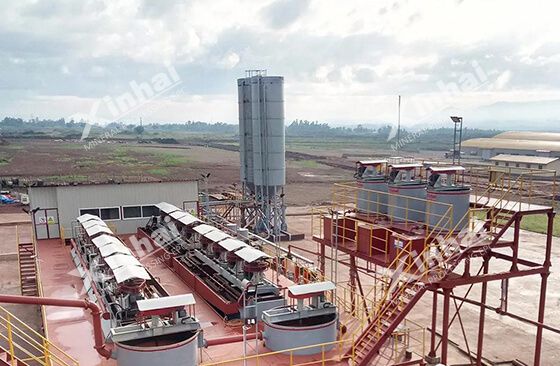
So, what is the difference between these two flotation processes? And how should we choose it in actual production?
After one time of grinding, the ore has been ground to an upper limit of flotation size and any flotation products do not need regrinding, it is called one stage grinding flotation process.
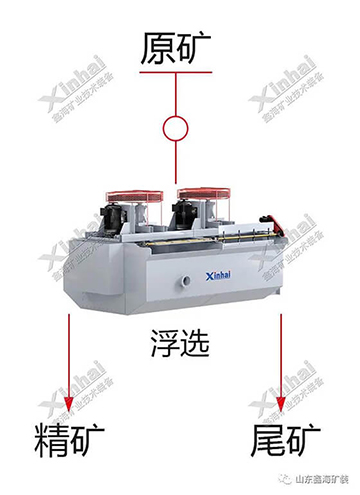
The one-stage grinding flotation process is suitable for the ore that has uniform distribution of useful minerals, relatively coarser grain size, and is not easy to muddy. In addition, if the fine-grained uniformly disseminated ore is grinded twice continuously but the flotation products do not need regrinding, this flotation process is still one stage flotation process, or it can be a two-grinding and one separation process.
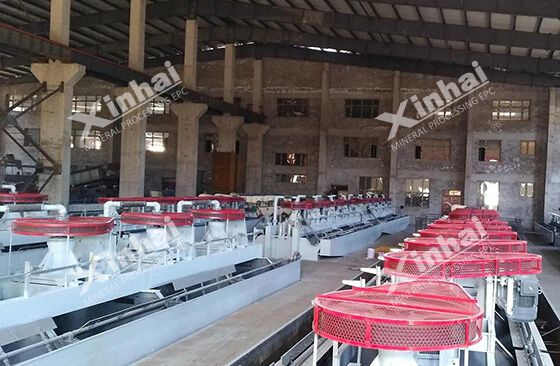
Because of the uneven distribution of ores, if a flotation product needs to be reground and reselected, it is called a two-stage grinding flotation process. In this way, there are multiple stages of grinding and floating process (more than two-stage grinding and the floating process is referred to as stage grinding-floating process). The common stage grinding-flotation process is mainly a two-stage grinding flotation process, including concentrate regrinding process, middlings regrinding process, and tailings regrinding process.
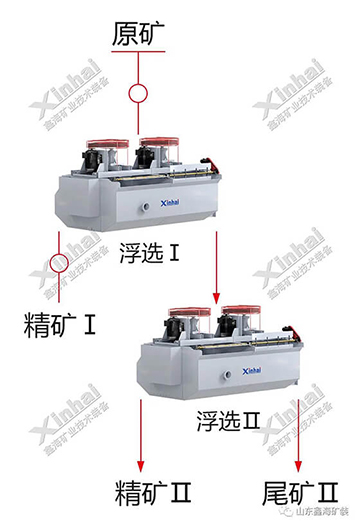
The stage grinding flotation process is mainly used to deal with ores with the complex disseminated grain size of useful minerals or the ores easy to slime in the grinding process.
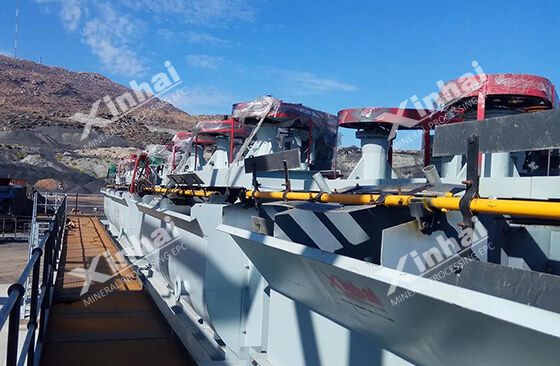
In the actual production process, the selection of stage number is often determined by the grain size of mineral dissemination. Therefore, we can select it according to the embeddedness of useful minerals.
The crystallization size of useful minerals is relatively coarse and uniform. When the ore is ground to the maximum size that can be floated (such as 0.3mm for heavy metal sulfide ore), the useful minerals can basically achieve monomer separation. At this time, one stage grinding flotation process (flotation after rough grinding) can be used to obtain the qualified concentrates and abandoned tailings.
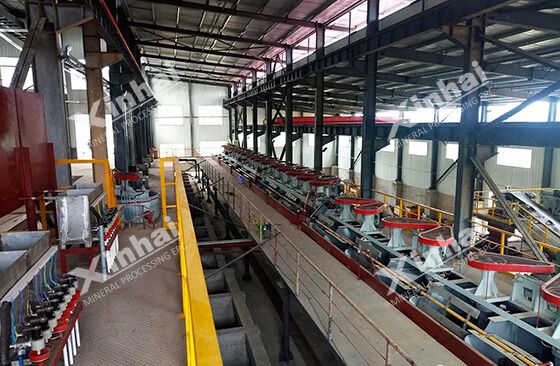
The crystal size of useful minerals is fine and uniform, which usually needs to be ground to -0.074mm below that the useful minerals can achieve monomer separation basically. For this type of ore, the one-stage grinding floatation process (two times of grinding and one time of separation) can be adopted when the disseminated particle size is fine and uniform. When the disseminated particle size is fine and uneven, and the particle size range for monomer separation is wide, the two-stage grinding flotation process (the first stage of flotation middling ore uses regrinding and re-separation) can also be adopted.
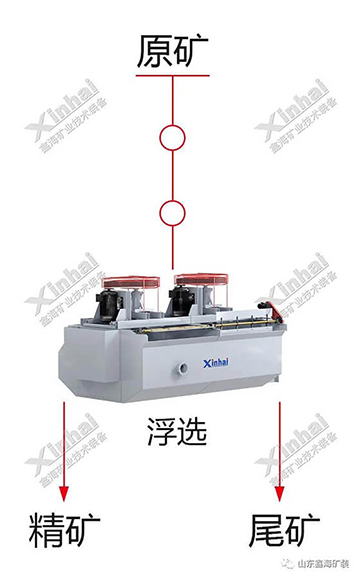
The useful minerals are unevenly disseminated as coarse, medium, and fine grains. This kind of ore is more common in practice, which mostly adopts a two-stage grinding flotation process (middlings or tailings regrinding and re-separation), that is, the coarse part achieves the monomer separation under rough grinding, and part of the qualified concentrate is obtained, then the middlings and rich tailings with continuous bodies adopt regrinding and re-separation.
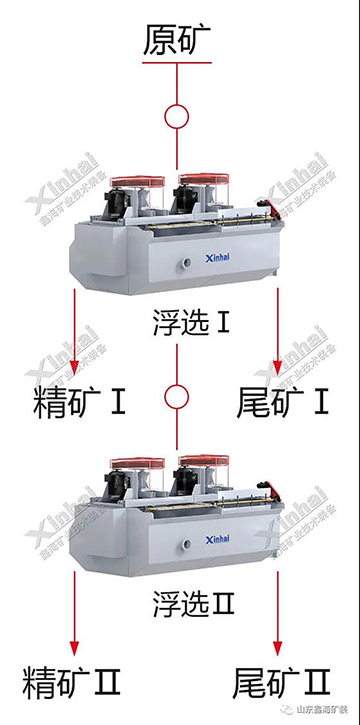
In some polymetallic sulfide ores, several fine-grained useful minerals often exist in the form of coarse aggregates. This type of ore can adopt a two-stage grinding flotation process (the first stage of flotation concentrates regrinding and re-separation). After the first stage, the useful mineral aggregate and gangue are ground to separate the mixed concentrate, and then the mixed concentrate is sent to regrinding and re-separation so that all kinds of useful minerals can be separated from each other.
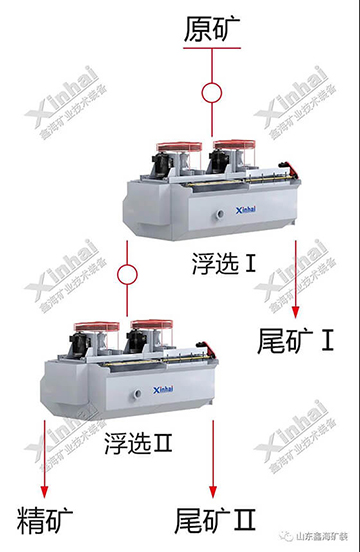
The two-stage grinding flotation process can be adopted if the ore has the characteristics of uneven dissemination and aggregate dissemination, that is, the flotation-rich tailings of the first stage are sent to regrinding, the flotation mixed concentrates of the first and second stage are sent to regrinding and re-separation.
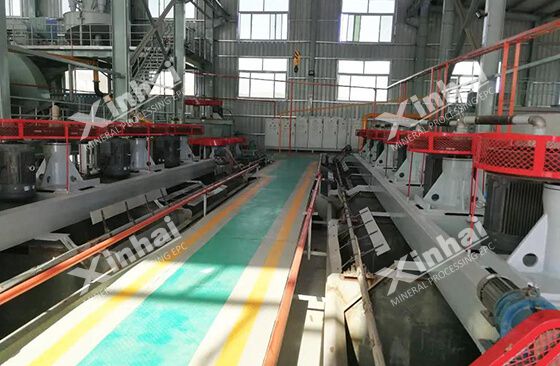
Reasonably choosing the flotation process is the main factor to obtain a good separation index and reduce the production cost. Before selecting the flotation process, the mine owner needs to carry out a mineral processing test to determine the composition and properties of the ore and choose a reasonable flotation process in line with their own mine conditions according to the test results.
To find out more about our products and solutions, please fill out the form below and one of our experts will get back to you shortly.